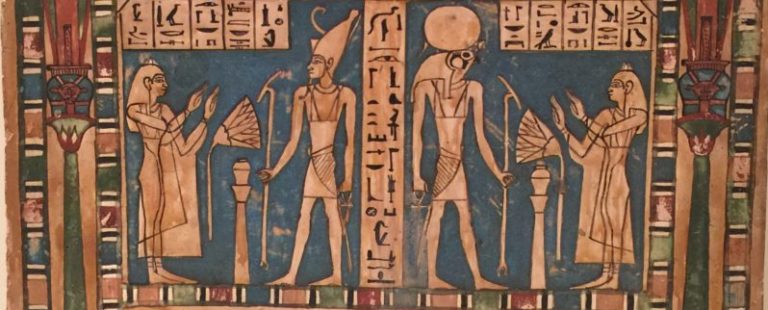In modern Egypt, we think of its capital and concentration of activity to be centered in the Nile Delta. However, both the Middle and New Kingdoms were ruled from Thebes in Upper Egypt. It is clear that each temple site from Thebes to Abu Simbel, to the submerged remains of the Nubian empires, all incorporated ancient study and measurement, particularly of the sun, moon, stars and the river’s crest. In fact, many of the temples lasted so long, they had to be adjusted.
Again, in Secrets of the Great Pyramid, it is shown that the spectacular temples at Karnak and Luxor were re-oriented to accommodate the precession of the earth and its impact on due north and due east. In fact, the orientation of Luxor appears to have been adjusted three times. Pharaohs and priests paid strict attention to the ancient learning. Even the Greek Ptolemaic pharaohs upgraded temples that had been built two thousand years before their arrival.
For an introduction to the whole upper Nile area, start with Thebes in Egypt: A Guide to the Tombs and Temples of Ancient Luxor, or Luxor Illustrated: With Aswan, Abu Simbel, and the Nile
. Serious Karnak visiters will want to devote some time to the exhaustive The Temples of Karnak
for a thorough tour of this spectacular site.
Across the Nile, on the West Bank are the massive funerary monuments for Amenhotep III, Queen Hatshepsut, Nebhetepra Mentuhotep, and Ramesses II. The temples for Seti I and Ramesses III are nearby. The burial grounds of the Valleys of the Kings and Queens are further west of the temples, back in the mountains.
Aside from the scientific functions of the temples, these mortuaries are also dedicated to the journey into the world of the afterlife by the deceased pharaohs. The mysteries related to the preparation of the dead bodies for mummification have been only recently deciphered from some of the hieroglyphics of various priest sanctuaries. If you get the chance to see National Geographic’s Egypt – Secrets of the Pharaohs, an IMAX movie recently associated with the King Tut exhibits, there is a thorough discussion of the discovery of mummies and their embalming processes. It can also be ordered as a DVD. One interesting fact from the movie was that tomb robbers would stand out in the infrequent rain storms and watch for unusual water drainage. That’s where they would start digging.
The detective tales related to tomb discovery and exploration make great reading. The spectacular discovery of a completely intact tomb for King Tut reads like a novel, In the Valley of the Kings: Howard Carter and the Mystery of King Tutankhamun’s Tomb. A first-hand account of the accidental discovery of the massive mausoleum for the princes of Ramesses II is also well written, and a bargain if you can find it, The Lost Tomb
. Prospective tomb visitors may wish to snag the Atlas of the Valley of the Kings (The Theban Mapping Project)
, for a comprehensive view of the area. Zahi Hawass also has a book dedicated to Tutankhamun: The Treasures of the Tomb
, and a well-regarded book on the collection of some of the most famous artifacts in the Egyptian Museum, Hidden Treasures of Ancient Egypt: Unearthing the Masterpieces of the Egyptian Museum in Cairo
.





